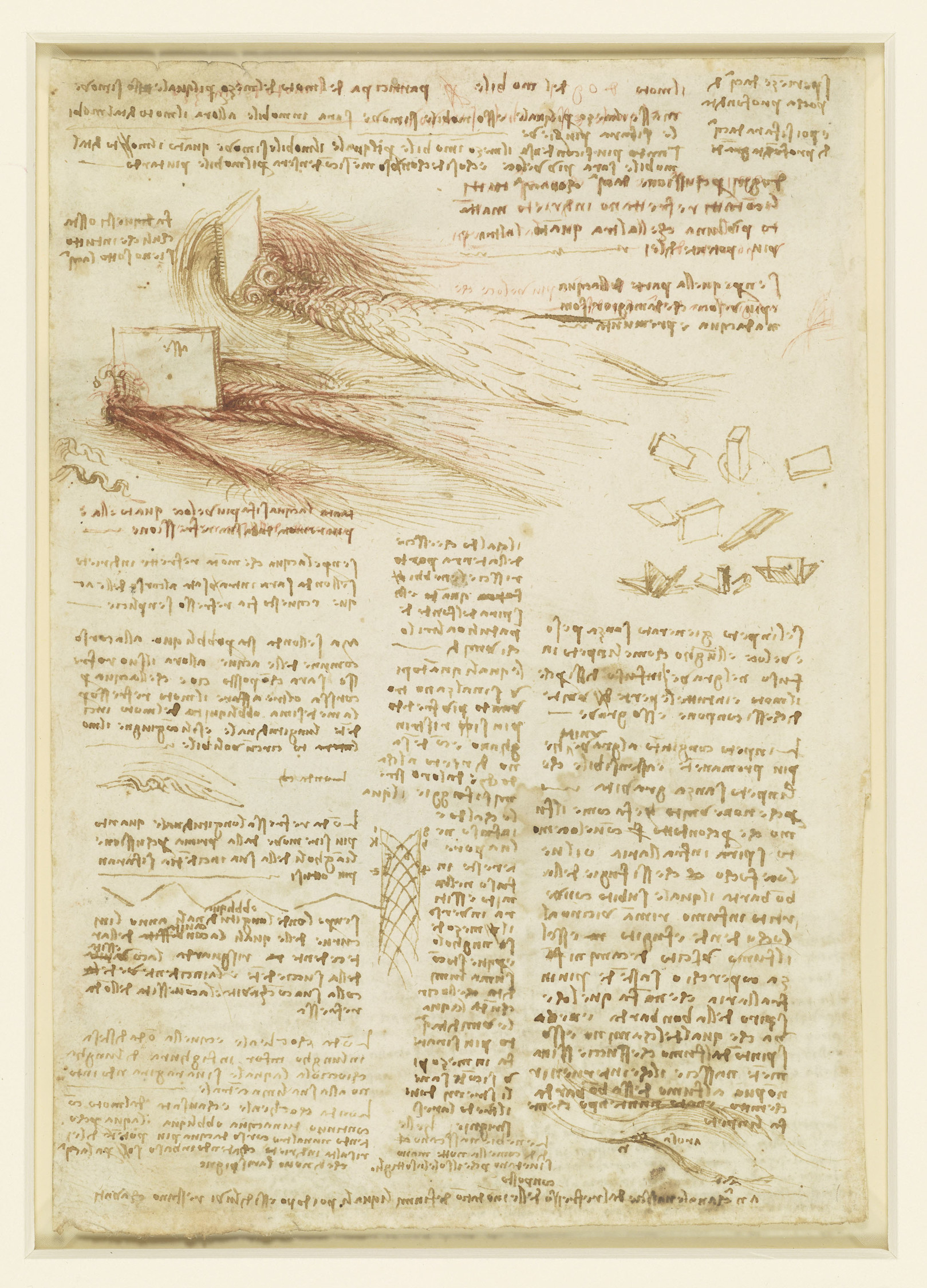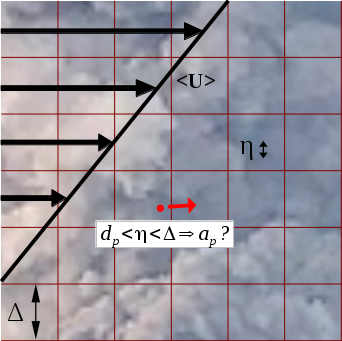ICIAMのため8月に来日されるSamriddhi Sanker RayさんとStatphysのため8月に来日されるLuca Biferaleさんが京大理物理にも来訪されて以下のセミナーを8/17午後に連続して行います。ご興味のある方のご来聴を歓迎いたします。
日時: 8月17日(木) 13:15 から 14:45
場所: 京大 理学研究科5号館(物理学教室) 401号室
講師: Samriddhi Sanker Ray (ICTS Bangalore)
講演題目: In what sense are bacterial suspensions turbulent?
講演要旨:
Active turbulence — the spatio-temporally complex motion of a dense suspension of microorganisms such as bacteria — has gathered great traction recently as an intriguing class of emergent, complex flows, occurring in several living systems at the mesoscale, whose understanding lies at the interface of non-equilibrium physics and biology. However, are these low Reynolds number living flows really turbulent or just chaotic with structural, or even superficial, similarities with high Reynolds number (classical) inanimate turbulence? This is a vital question as the fingerprints of classical turbulence —– universality, intermittency and chaos —– makes it unique amongst the many different driven-dissipative systems. In this talk we address these questions with a focus on the issues of (approximate) scale-invariance, intermittency and maximally chaotic states and how they lead to anomalous diffusion in bacterial suspensions. In particular, we show the existing of a critical level of activity beyond which the physics of bacterial flows become universal, accompanied by maximally chaotic states which allow for efficient, Levy-walk mediated foraging strategies.
日時: 8月17日(木) 15:00 から 16:30
場所: 京大 理学研究科5号館(物理学教室) 401号室
講師: Luca Biferale (University of Rome ‘Tor Vergata’)
講演題目: Data-driven and equations-informed tools for modelling turbulent flows
講演要旨:
Our ability to collect data is rapidly increasing thanks to computational power and the unprecedented diversity of sensors. But how good are we at extracting, reconstructing, and understanding information from them? We present a short overview of some recent advancements for data-assimilation and modelling of turbulent multi-scale flows using both data-driven and equations-informed tools, starting from sparse and heterogeneous observations of complex fluid systems. Issues connected to validations and benchmarks in the presence of full or partial observability will be discussed. A few examples of data-augmentation based on Generative Adversarial Learning [1], Nudging, Gappy-Proper Orthogonal Decomposition [2] and Generative Diffusion Models will be quantitatively discussed [3].
[1] M. Buzzicotti, F. Bonaccorso, P. Clark Di Leoni, L. Biferale. Reconstruction of turbulent data with deep generative models for semantic inpainting from TURB-Rot database. Physical Review Fluids 6 (5), 050503, (2021).
[2] T. Li, M. Buzzicotti, L. Biferale, F. Bonaccorso, S. Chen, M. Wan. Data reconstruction of turbulent flows with Gappy POD, Extended POD and Generative Adversarial Networks. arXiv:2210.11921v1(2022) Journal Fluid Mechanics (in press)
[3] T Li, L Biferale, F Bonaccorso. M Scarpolini and M Buzzicotti, Sunthetic Lagrangian Turbulence by Generayive Diffusion Models, arxive 2307.08529 (2023)

